Latest Updates On Southern Front of Lebanon; Blida At Risk Of Falling (Map)
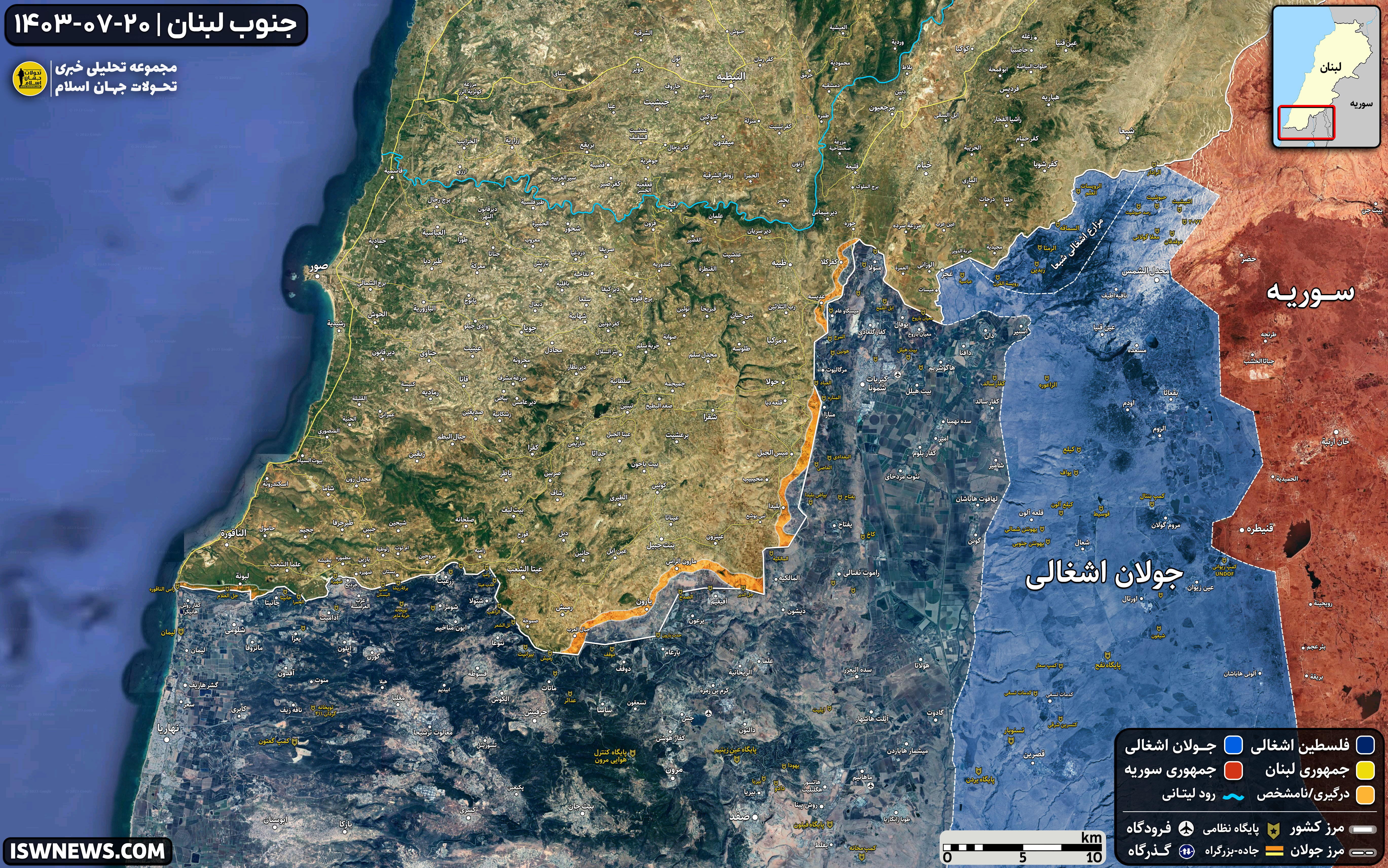
The Israeli regime’s army keeps on its strikes to advance in the axes of Kfarkela and al-Udaysah, Meis El Jabal and Blida, Maroun al-Ras and Yaroun, as well as Naqoura, using four divisions supported by air raids from fighter jets as well as reconnaissance and combat drones.
Kfarkala and al-Udaysah:
The confrontations between the Israeli military forces and fighters of the Lebanese resistance movement Hezbollah in the al-Udaysah and Kfarkala axis have significantly decreased.
The reason behind the reduction in clashes in this front seems to be the repositioning of the occupying forces within the Israeli army. The responsibility for carrying out attacks in the Kfarkala and Udaysah axis was assigned to the 98th Paratroopers Division of the Israeli military. The division has currently retreated from the Kfarkala and Udaysah axis for unspecified motives, and forces from other units have replaced them.
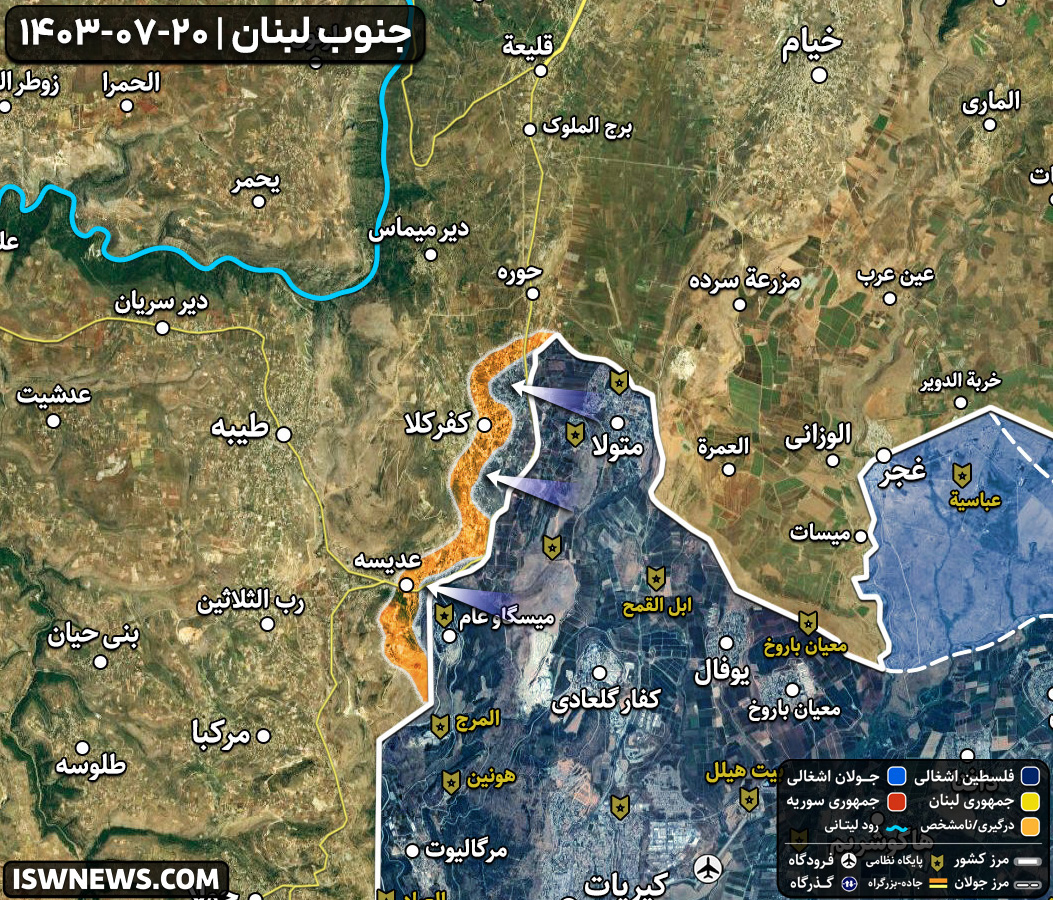
Meiss El Jabal, Mhaibib, and Blida:
No specific movements from the Israeli forces have been reported in the Meiss Ej Jabal axis, but the districts between this town and the village of Mhaibib are under aerial and ground strikes. Hezbollah keeps on its efforts to inflict casualties and disrupt the advance of the Israeli army through roadside bomb explosions and rocket strikes.
It seems that the primary objective of the Israeli military in the Meiss Ej Jabal axis is to conquer Blida and then Mhaibib, which can allow the occupying forces to pressure Hezbollah fighters in Meiss Ej Jabal from the north, south, and east.
The 91st Infantry Division is responsible for carrying out ground operations in the axis as well. The commander of this Israeli division hosted Chief of the General Staff Herzi Halevi and Commander of the Northern Front of the Israeli army Aluf Ori Gordin in their operational area last night. Such meetings and the dissemination of news stories about these events are aimed at psychological warfare. Off course, this is not a new issue; images of these meetings are usually recorded in closed and unspecified locations and may have taken place in the Israeli-occupied settlements.
Israeli troopers, thanks to air support and the low-density structure of the region, have succeeded in advancing on the eastern and southern fronts of this village, which is situated in the Blida axis. The Israeli forces are currently using bulldozers and armored vehicles to demolish houses around Blida and are advancing towards the center of the village. If this trend persists, it is likely that one can witness the fall of the first village in southern Lebanon in the coming week.
Maroun el-Ras, Yaroun, and Rmaych:
In this axis, the situation remains unclear as a result of the lack of people’s access to border region. Nevertheless, it can be said with certainty that confrontations continue in the southern outskirts of Maroun el-Ras and Yaroun villages.
Hezbollah’s statement regarding the strike on a gathering of Israeli troops at the Tal Sha’ar military base in the southwest of the Rmaych (or Rmeish) village indicates that the Israeli army keeps on its efforts to enter Lebanese territory not only from the southern Rmeish axis but also from the western axis of this area.

Naqoura and Labbouneh:
In the Naqoura and Labbouneh axis, the Israeli army has carried out five strikes since Thursday to infiltrate Lebanese territory, which have faced heavy rocket attacks and roadside bomb explosions. Hezbollah’s strikes resulted in the destruction of two Israeli military vehicles or tanks.
So far, the Israeli army has not released details about their new casualties on the southern front of Lebanon; however, medical staff in northern occupied Palestine have reported the transfer of over 10 injured troopers to hospitals in these territories.
Israeli tanks targeted the observation tower of a base belonging to the UNIFIL (United Nations peacekeeping forces stationed in Lebanon) during one of Thursday’s attacks in the southern Naqoura region, resulting in injuries to two Italian peacekeeping forces. Following the deliberate assault by the Israeli army on the UNIFIL base, the Italian government summoned the Israeli ambassador to Rome and expressed its protest regarding the regime’s actions. France has also supported Italy’s stance and summoned the Israeli ambassador in its capital city Paris.
The Israeli regime’s military intends to reach Ras el-Naqoura through the Al-Mashirfeh area, but Hezbollah’s strikes from forested regions are hindering their advance.

The extensive invasion of the Israeli regime’s army against Lebanon began to intensify after the assassination of Secretary-General of Hezbollah Sayyed Hassan Nasrallah, and the regime’s military has kicked off a ground phase with operations along the southern borders of Lebanon since October 1.
These assaults have so far resulted in the martyrdom of 2,229 Lebanese civilians and injuries to 10,380 others, as well as the martyrdom of over 500 Hezbollah fighters. On the other side, more than 40 Israelis, including 11 troops, have been killed in Hezbollah’s retaliatory strikes on northern occupied Palestine.


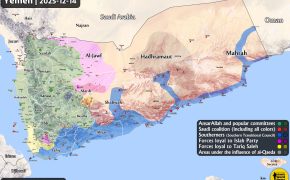
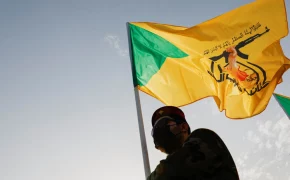
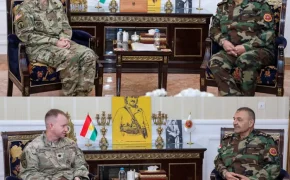
Comment